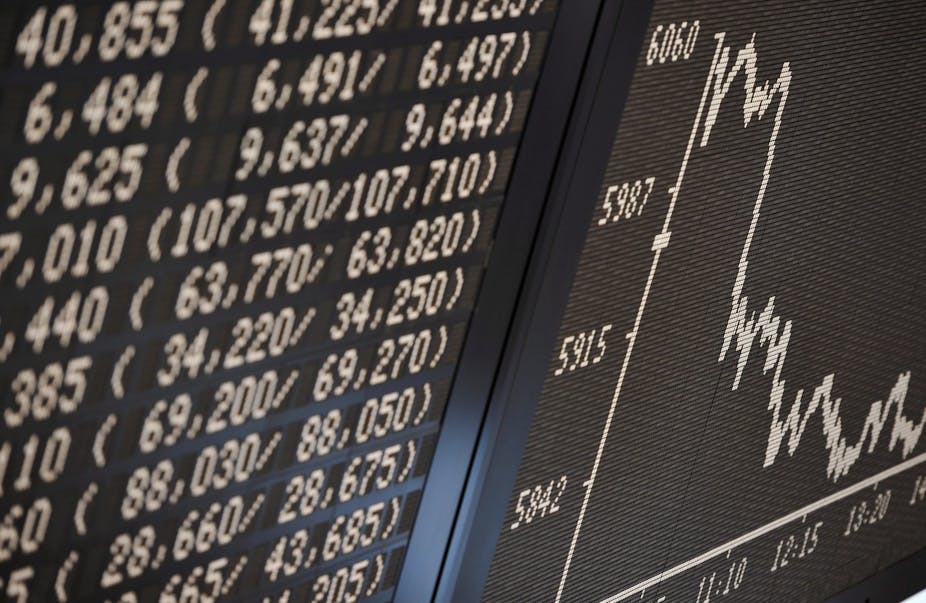Dark pools are growing in popularity and now account for more than 15% of total trading in some stock markets. But despite such trading being blamed by some commentators for everything from market instability to a decline in market liquidity, new research shows dark pools may not be as menacing as first thought.
Dark pools are alternative trading venues that do not communicate the trading interest of individual traders to the rest of the market prior to a trade.
Ten years ago, someone looking to buy 100 Vodafone shares would have little choice but to place an order on the London Stock Exchange (LSE). However, changes to securities trading rules around the world and advancements in technology have led to a proliferation of new trading venues that compete with traditional exchanges. Nowadays that same trader, or their broker, can transact on a host of different venues that offer an array of trading protocols and fee structures.
These changes have been so effective at encouraging competition between venues that the market share of the LSE has fallen from upwards of 95% to around 50% in the past decade. In the United States, the market share of the New York Stock Exchange has fallen from around 80% to around 25% over the same period.
One advantage of dark pools is that they facilitate trading in between the existing best bid and offer, thereby lowering the trading costs for the buyer and seller. They may also help large institutions, such as pension funds, prevent “front-running” of their orders that need to be executed over long periods of time.
Naturally regulators are wary of how the migration of trading away from ordinary “lit” venues to their less transparent competitors will affect stock markets. By the very nature of their trading rules, it is easier for traders to “hide their hand” in a dark venue and hinder the transmission of information throughout the market.
Drawing trading activity away from the main exchange may also make markets less stable and could make trading more expensive for traders who only have access to that venue, such as smaller institutions and retail investors.
Do dark trades make stock markets less stable?
Using transaction data in 2012 from the Financial Conduct Authority, I investigated the effect of dark trading on market stability.
This is measured in terms of liquidity, loosely defined as the ability to buy or sell shares without adversely affecting the price, and volatility on the LSE. Both liquidity and volatility have important implications for financial stability and for understanding who wins and loses in this new financial landscape.
The main challenge is to estimate this relationship while accounting for traders choosing when and where to trade in a strategic fashion. A crucial factor in making these decisions are expected transaction costs and liquidity on the main exchange. This “reverse causality” issue makes it impossible to understand how dark trading affects liquidity on the main exchange from looking just at the raw correlations between these variables.
To solve this problem, I exploited trading patterns of certain computer algorithms that are programmed to trade at regular, predictable intervals throughout the day, regardless of expected market conditions. Focusing on these predictable intervals circumvents the problem of reverse causality and allows us to understand the effects of dark trading at a high frequency.
At the levels occurring in the UK equity market in 2012, dark trading did not lead to a deterioration of liquidity on the LSE. Some measures of liquidity actually improved following dark trades, while others did not significantly respond one way or another. Dark trading also led to reduced price volatility compared with trades of similar size on the fully transparent main exchange.
These results suggest dark pools help to create new trading opportunities that otherwise would not exist. They also appear to be well integrated with other trading venues, a role that is filled by institutions trading actively across many venues simultaneously.
There are a number of important caveats to these conclusions and the results should certainly not be interpreted as an unconditional endorsement of dark pools.
Perhaps most importantly, other research has shown the negative impact of dark trading may only manifest when it accounts for relatively high fractions of total volume.
Nevertheless, regulators should keep an open mind about the potential benefits of these venues, especially in terms of competition and the associated reductions in trading costs, when considering new legislation.

